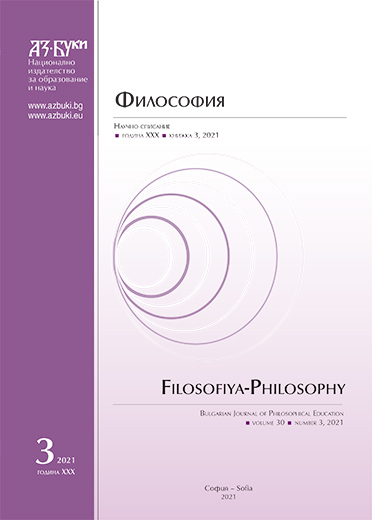Virtual Reality from the Standpoint of Complexity Science
Virtual Reality from the Standpoint of Complexity Science
Author(s): Helena KnyazevaSubject(s): Philosophy, Social Sciences, Education, Media studies, History of Philosophy, Philosophical Traditions, Epistemology, Semiology, Logic, Special Branches of Philosophy, Communication studies, Contemporary Philosophy, Philosophy of Mind, Philosophy of Science, Theory of Communication, Vocational Education, Phenomenology, Hermeneutics, Philosophy of Education
Published by: Национално издателство за образование и наука „Аз-буки“
Keywords: virtual reality; virtual world; creativity; constructivism; complexity science; nonlinear time; complex systems
Summary/Abstract: An extended approach to the comprehension of virtual reality is developed in the article. Virtual reality is understood not only as a logically possible or cybernetically constructed reality but also as continuous turbulence of potencies of the complex natural and social world we live in, the wandering of complex systems and organizations over a field of possibilities, such a realization of forms and structures in which many formations remain in latent, potential forms, and are in the permanent process of making and multiplying a spectrum of possibilities, lead to the growth of the evolutionary tree of paths of development. It is shown that such an understanding of virtual reality corresponds to concepts and notions developed in the modern science of complexity. The most significant concepts are considered, such as the nonlinearity of time, the relationship of space and time, the uncertainty of the past and the openness of the future, the choice and construction of the future at the moments of passing the bifurcation points. Some cultural and historical prototypes of these modern ideas of virtual reality are given. It is substantiated that the vision of virtual reality being developed today can play the role of a heuristic tool for understanding the functioning and stimulation of human creativity.
Journal: Философия
- Issue Year: 30/2021
- Issue No: 3
- Page Range: 244-260
- Page Count: 17
- Language: English
- Content File-PDF

